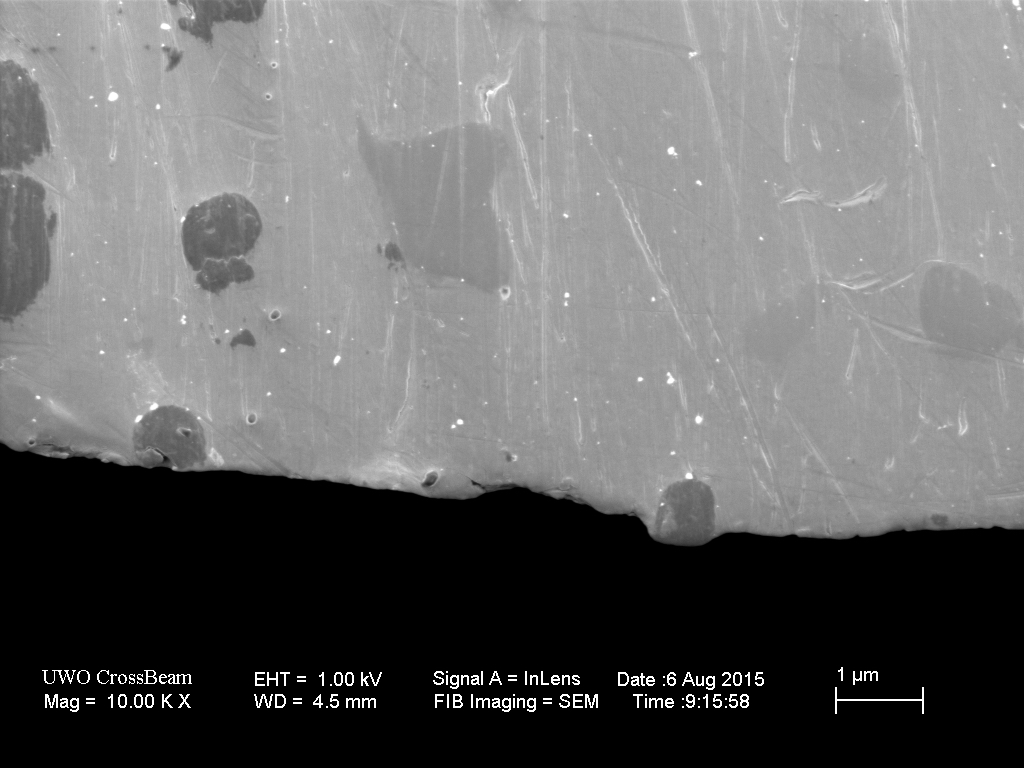Simple answer: No.
Long answer: Sort of. You can use silicon carbide and aluminum oxide stones for coarse work or sintered ceramics for just crisping up the apex in the final stages, but for your fine grit sharpening you'll need diamonds. Aluminum oxide and silicon carbide are softer than vanadium carbide, so you need diamond, boron carbide, or cubic boron nitride to abrade it. The aluminum oxide and silicon carbide will only abrade the steel matrix and chromium carbides, not the vanadium carbides.
It's one of the reasons I personally don't care for high-vanadium steels. If you sharpen them using standard abrasives you'll get the steel sharp, but will have torn the carbides out of the edge and so you're not getting any benefit from them and your edge won't hold any longer than a low-alloy steel would.
Interesting. Thanks for the information. This might explain why my Manix 2 with s110v doesn t stay sharp as long as I would expect after a prolonged session with my SM medium rods. Maybe I ll just try the cbn rods followed by some stropping with plain leather.



